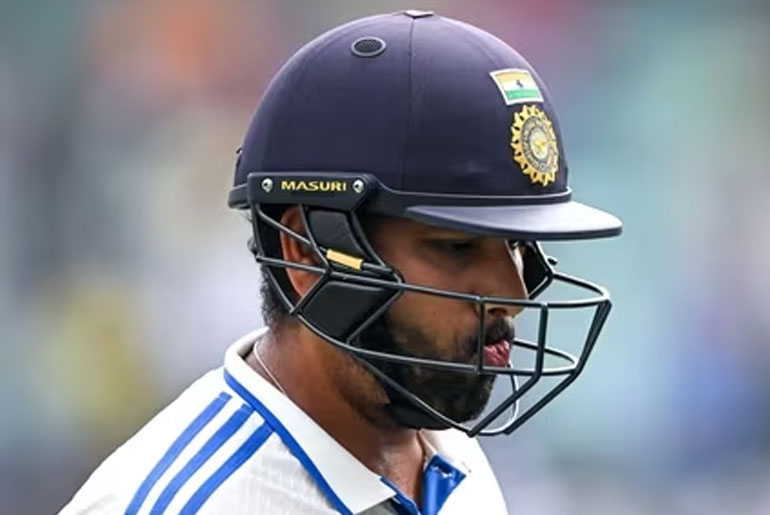The recent struggles in India’s batting performance, particularly in failing to set imposing targets in the fourth innings, have raised concerns about the team’s ability to convert starts into substantial scores. Despite having the opportunity to bat England out of the game in the Visakhapatnam Test, India fell short of expectations by getting dismissed for 255 in the second innings.
The decline in India’s batting prowess has been evident in their inability to convert starts into big scores. Notably, in four innings against England, India have only crossed the 400-run mark once, and partnerships exceeding 90 have been scarce. Shubman Gill, while achieving a century, acknowledged that the team’s performance was below par, especially on a day when they had the chance to dominate England’s inexperienced bowling attack.
The underlying issue appears to be India’s struggle to score big in the early stages of the innings. The statistics indicate a decline in the number of 600-plus totals in the first and second innings at home between 2014 and 2019, compared to the previous five years. This trend affects India’s mindset when coming out to bat in the second innings, leading to cautious approaches even when holding a significant lead.
James Anderson noted that India seemed unsure about the target they needed, suggesting nerves and caution in their approach. The absence of key players like Virat Kohli and KL Rahul has impacted the team’s confidence in their Test batting potential. This uncertainty has led to a deviation from the traditional batting philosophy, as seen in the adoption of reverse sweeps, possibly in response to England’s success against Indian spinners in Hyderabad.
The critique extends to specific instances, such as Shubman Gill falling into a trap on Sunday by attempting a reverse sweep, instead of consolidating after his century. This indicates a potential vulnerability in India’s batting approach, highlighting the need for a more resilient and strategic mindset to consistently set challenging targets and dominate in Test cricket.
Shubman Gill acknowledged the misjudgment of his shot selection, opting for a reverse sweep in a situation where a more conservative approach might have been wiser. Reflecting on the decision, he admitted that he should have played the remaining overs before tea more cautiously and scored runs afterward.
Rohit Sharma’s batting approach also came under scrutiny, with suggestions that he might be taking on a mentoring role in the absence of key players like Virat Kohli and KL Rahul. The observation is that Sharma might be deviating from his natural attacking style, which proved successful in limited-overs cricket, to fulfill a more cautious role in Test cricket.
The larger concern is India’s struggle to convince themselves of the benefits of batting for extended periods and keeping the opposition, in this case, England, under pressure. Instead, there appears to be a commitment to setting targets for the opposition, making it easier for them to plan their strategy. James Anderson mentioned that the clear instruction from the coach was to go for the target if England could reach 600, providing a clear plan for their approach.
Disclaimer:
The information contained in this article is for educational and informational purposes only and is not intended as a health advice. We would ask you to consult a qualified professional or medical expert to gain additional knowledge before you choose to consume any product or perform any exercise.








